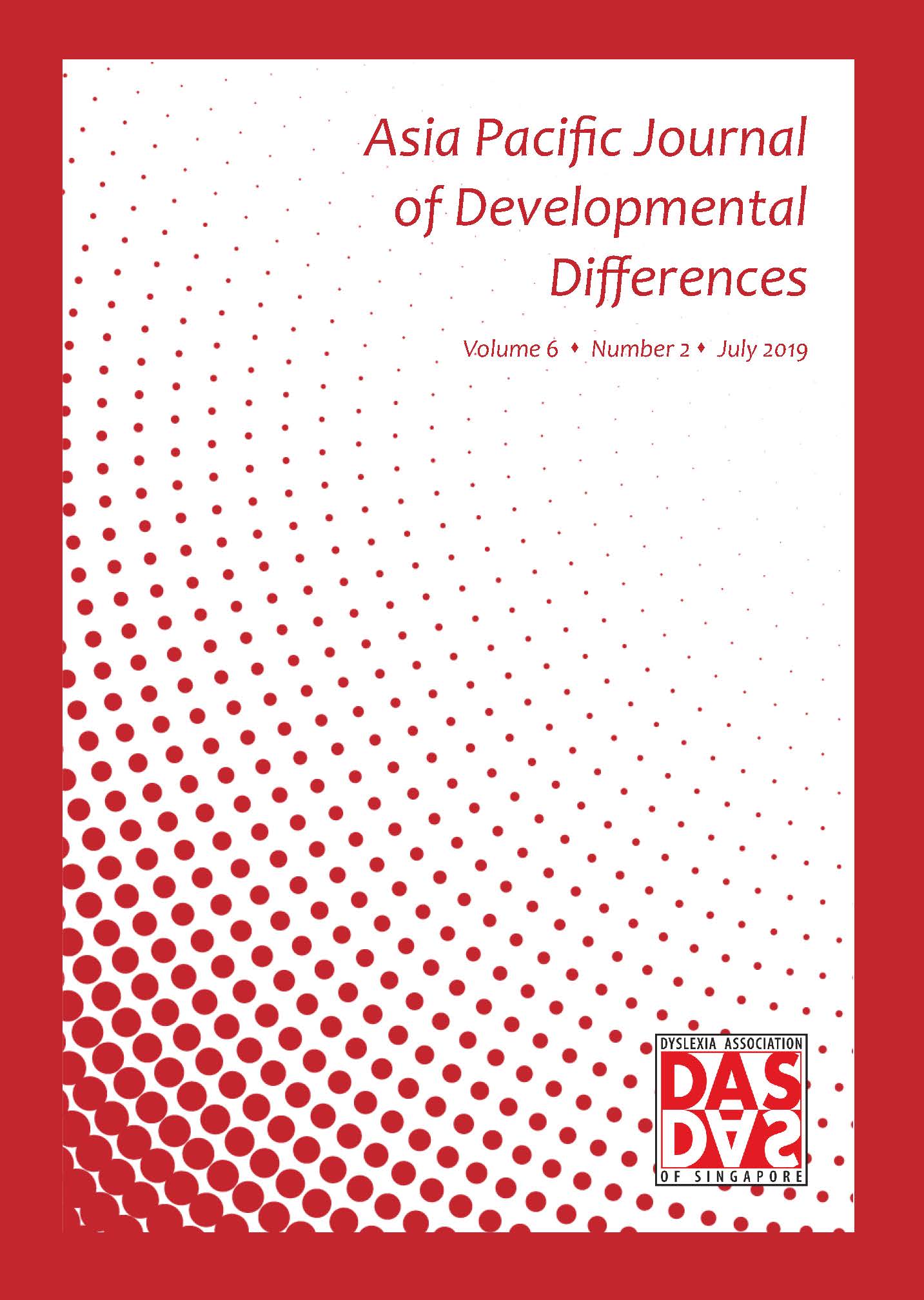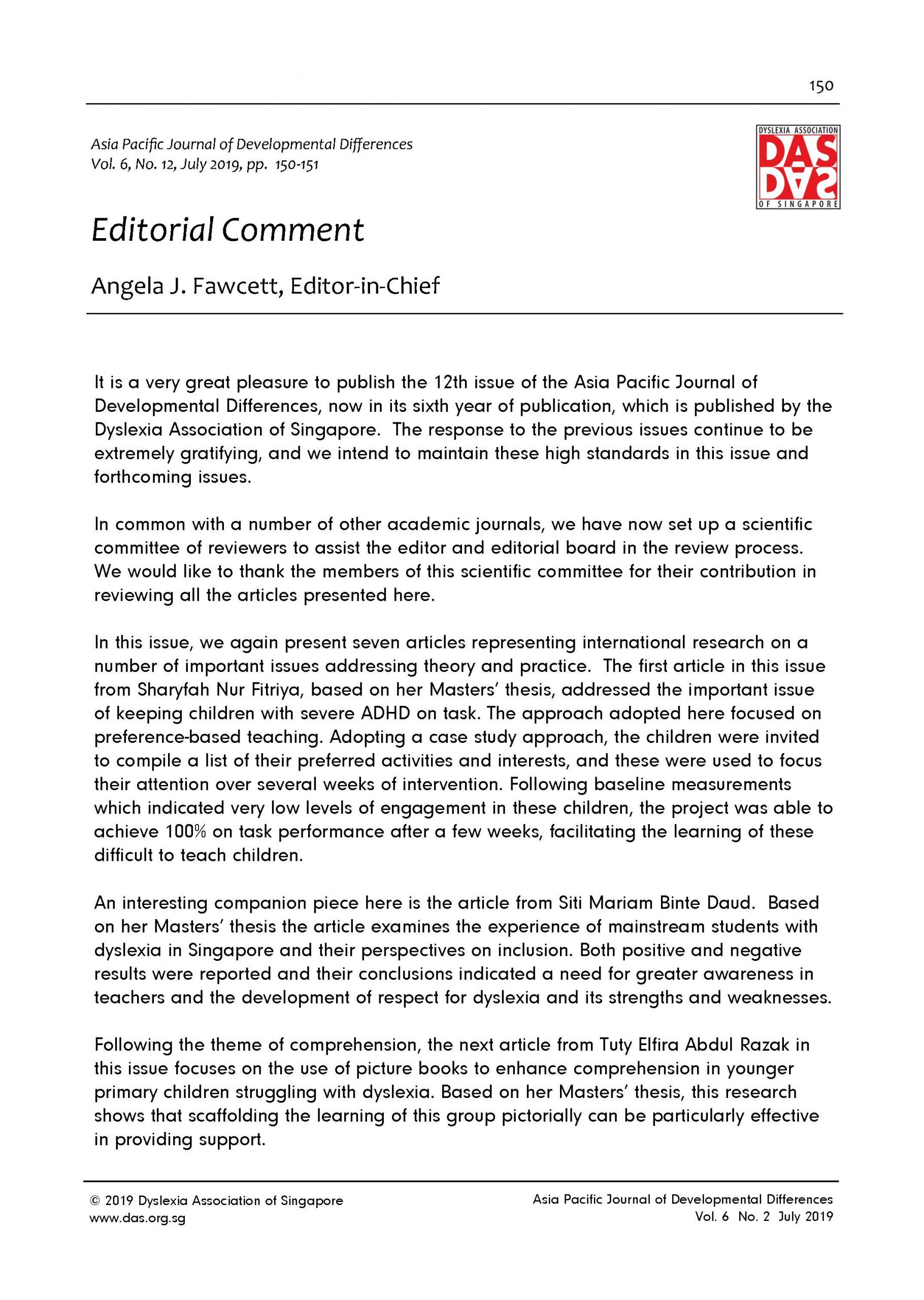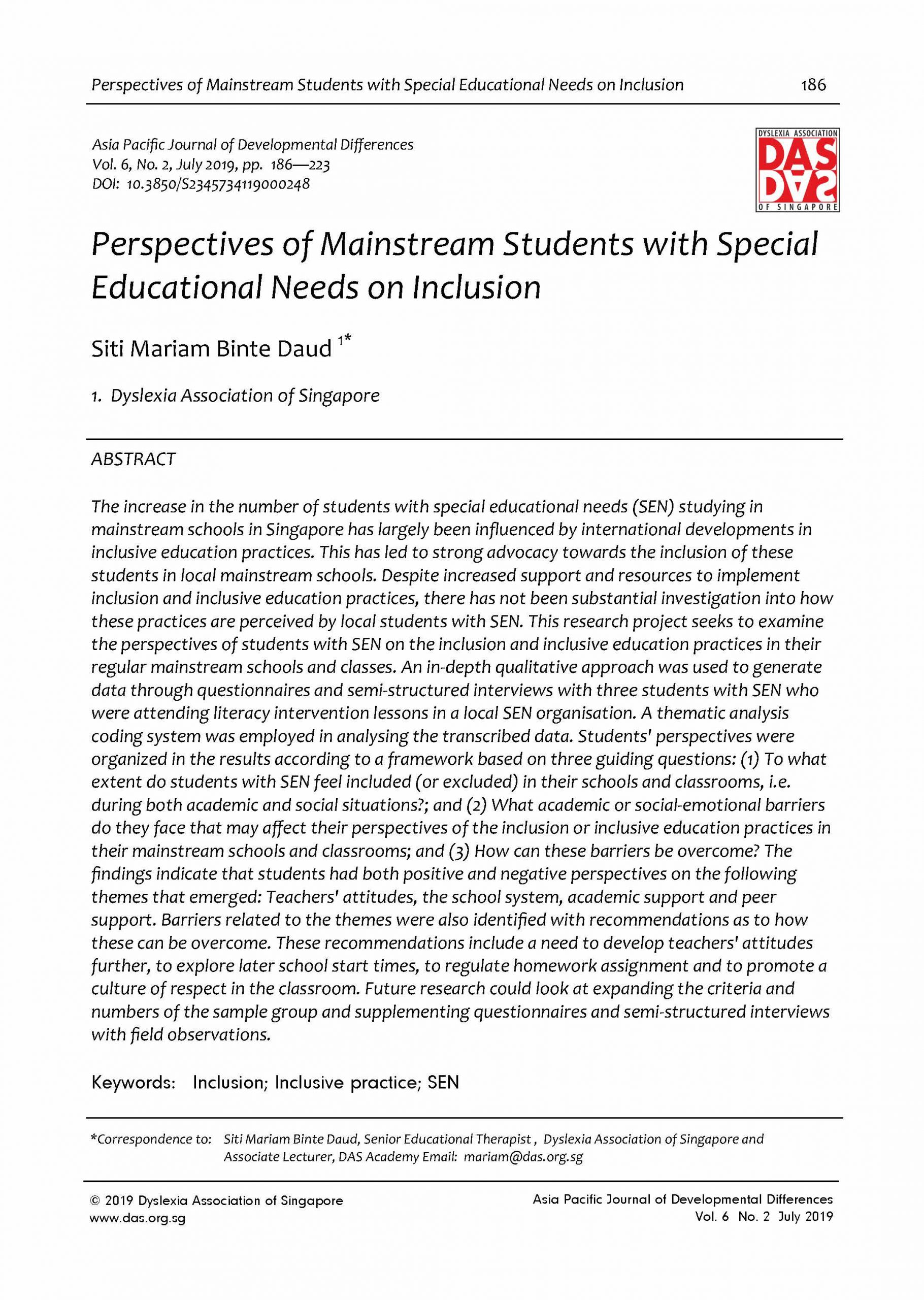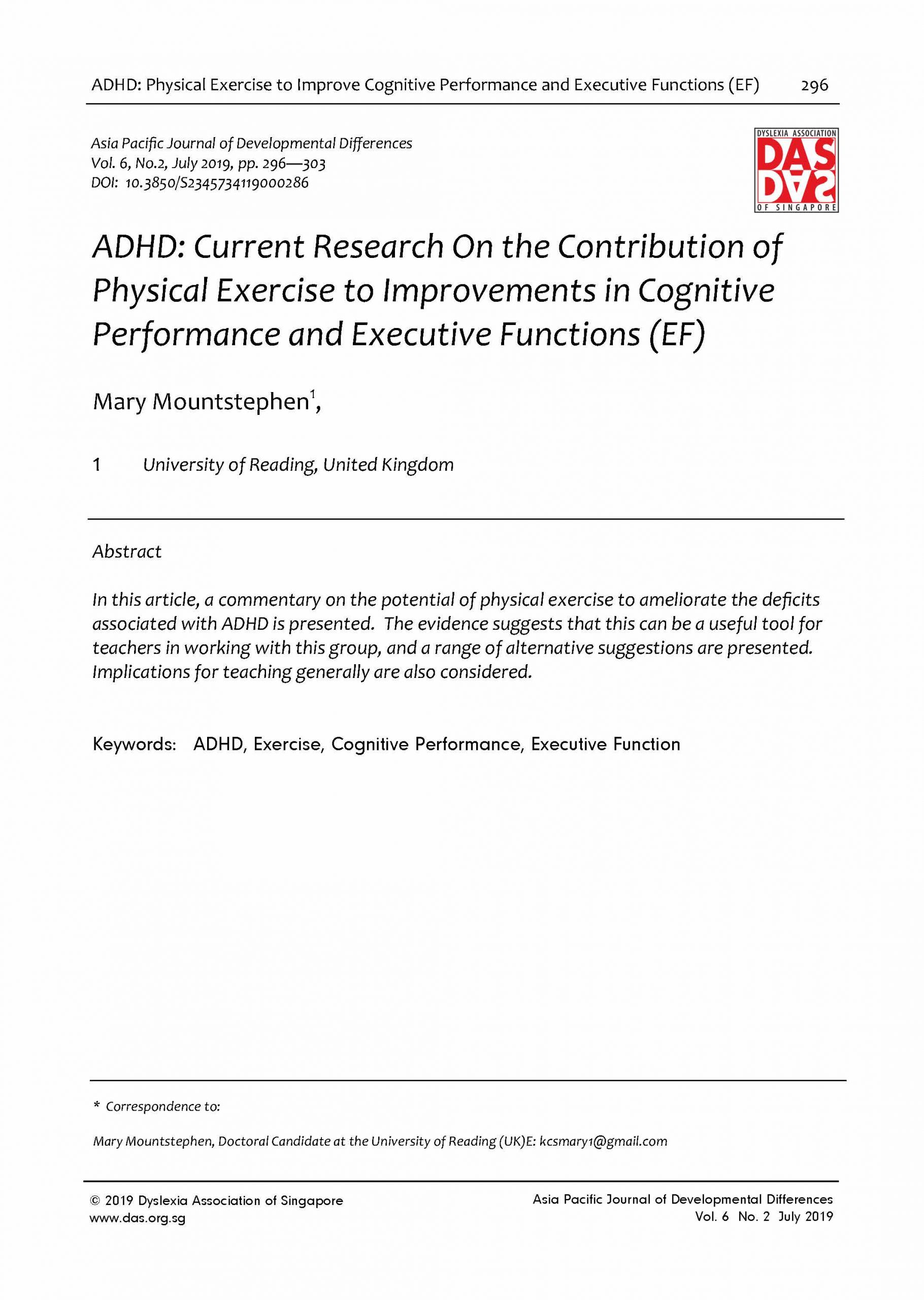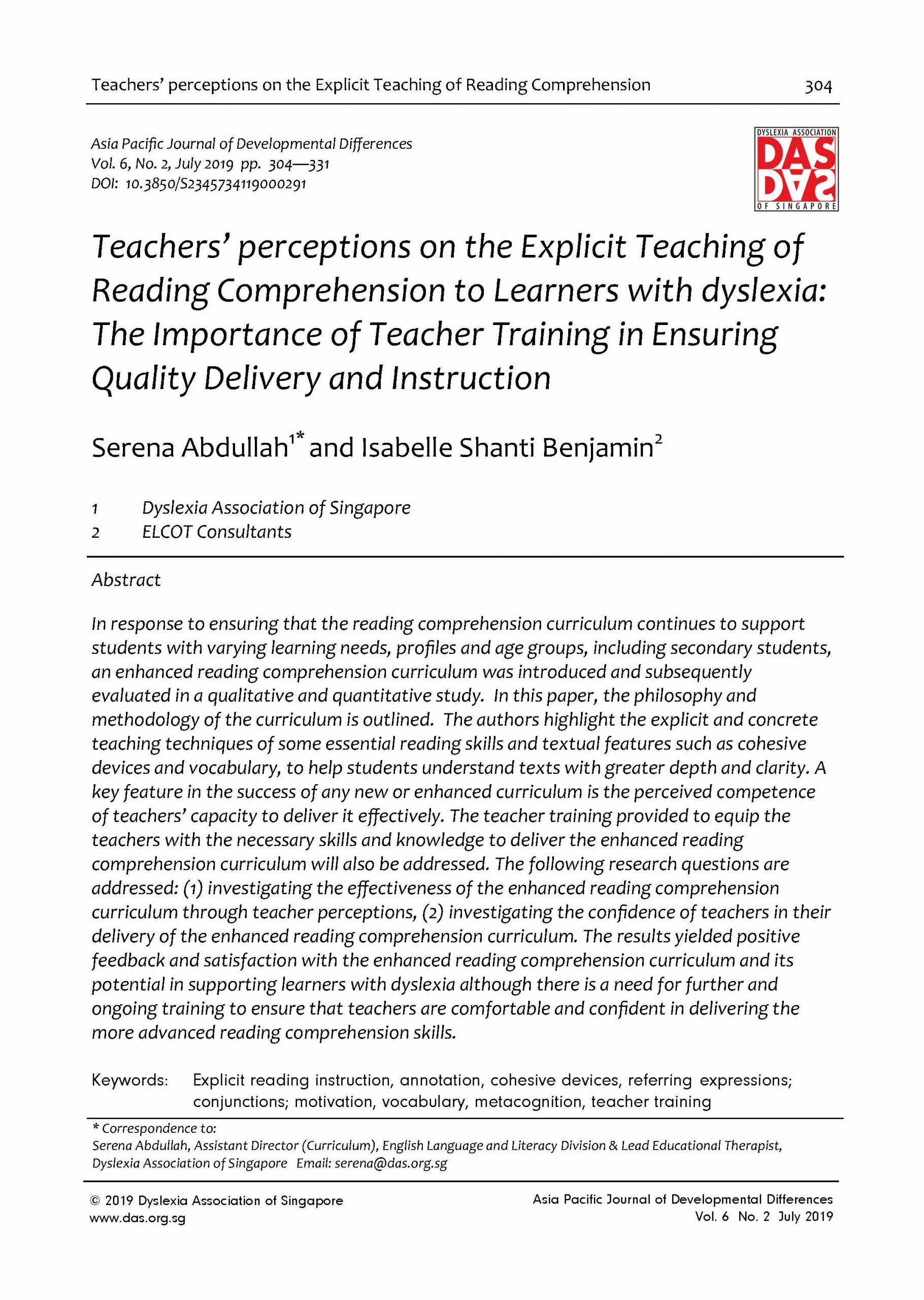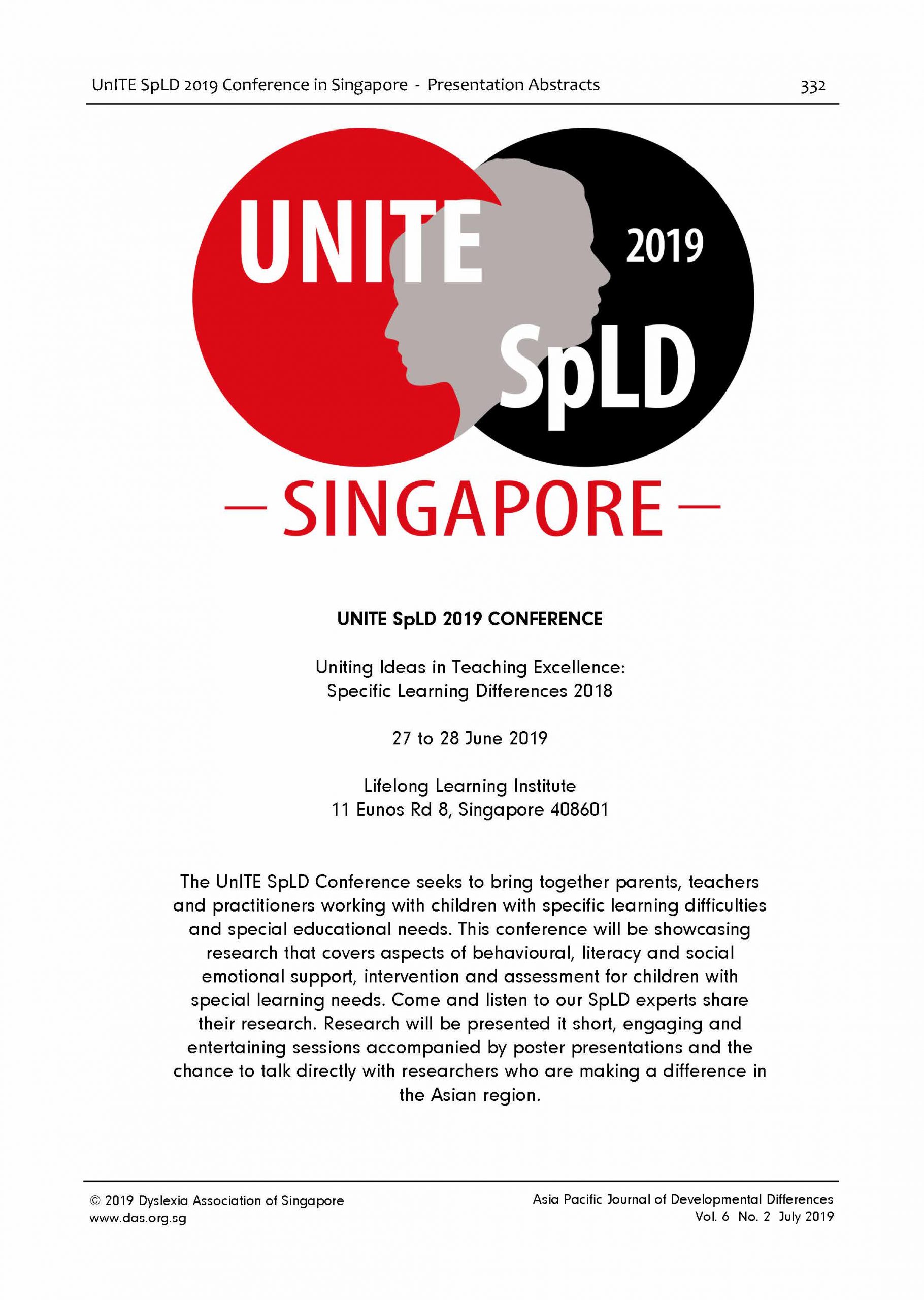6. Clinical Assessment of Phonological Awareness: Psychometric Properties
Rexsy Taruna1*, Auliya Syaf2*, and Fanshur Dhigfain2*
1. Academy of Speech Therapy, Jakarta
2. Faculty of Psychology, University of Abdurrab
3. Indonesia Speech Therapist Association – Riau Region
Abstract
Purpose: The purpose of this study is to identify psychometric properties (item difficulty, item discrimination, reliability, and construct validity) in the Clinical Assessment of Phonological Awareness (CAPA) for Standard Indonesian.
Method: Participants in this study were 106 children. All participants were assessed using the Clinical Assessment of Phonological Awareness (CAPA). The assessment was administered by the teachers who have been trained to administer CAPA.
Result: After completing item analysis, it was found that some items have a low discrimination index (<0.3), so these items must be eliminated. After the items are eliminated, syllable blending has four items, syllable segmentation has eight items, phoneme blending has eight items, and phoneme segmentation has six items. Then, each subtest has varying item difficulty, ranging from medium to difficult/hard. In the split-half reliability test, it was identified that all subtests in CAPA have a sound reliability coefficient of .80 – .97.
Conclusion: This study reveals that CAPA has good quality items and has a good level of reliability.
Keywords: phonological awareness, dyslexia, speech therapist, Indonesia, Norm-referenced test

